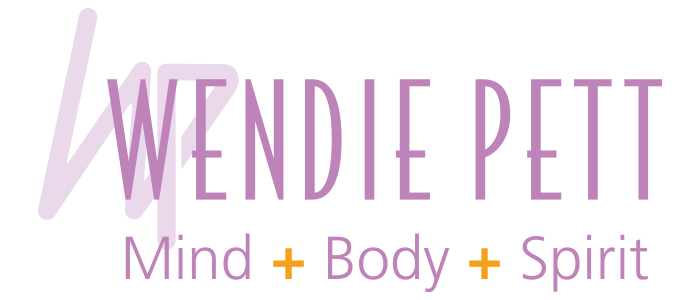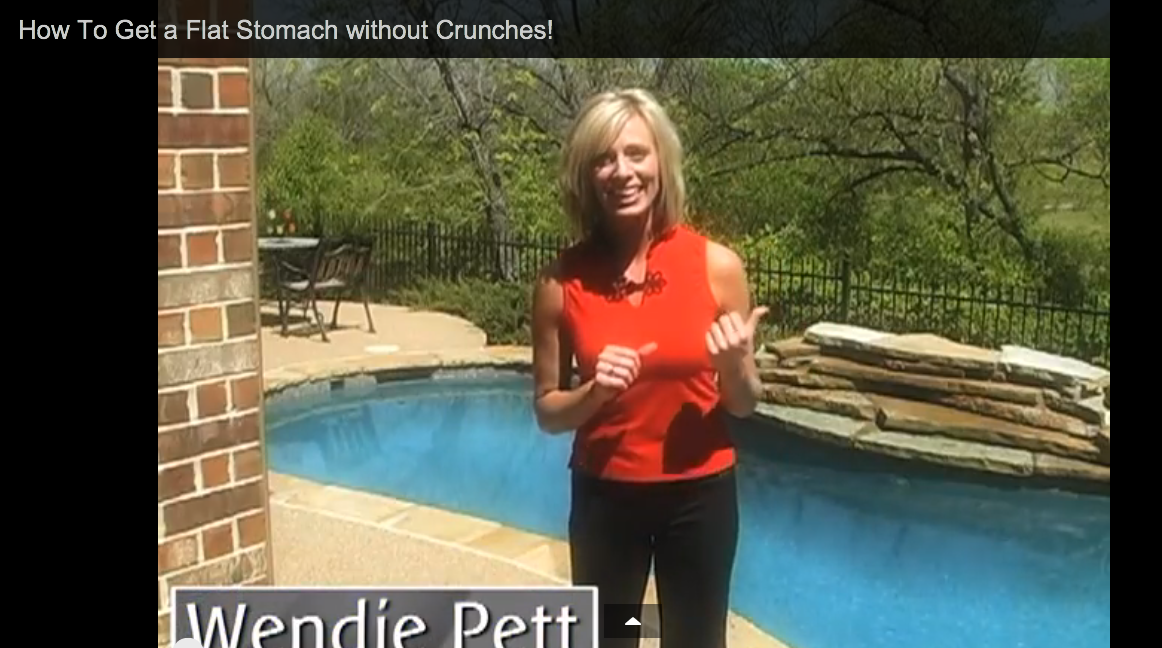(Forgive the sound in this diet.com video. But this will give you an idea of what the abdominal contraction looks like, so you can practice it daily.)
Great abs scream, “I am in great shape!” Some people inherit great abs genetically, while others must work diligently to create and maintain ripped abs or even a flat tummy. I have several friends who never work on their abs and eat and drink what they want – they have no idea of how fortunate they are that genetics gave them this gift. For most of us, however, this is an area we have to work hard at to achieve the results we want. It’s just the way it is!
To maintain a healthy posture and counterbalance the back muscles serving the same purpose, it’s important to keep the abdominal muscles in shape. They are the core of your body. To get the sculpted waistline that most people are trying to achieve, especially to get ready for the beach season, you need to know which muscles make the difference. These muscles include the rectus adbominis, external and internal obliques, and the often overlooked TVA (transverse abdominis).
It seems as though everyone who is serious about fitness and exercise is interested in getting incredible abs. Keep in mind as you work your core that it’s the quality of the exercise that is more important than the quantity. And remember that besides the obvious of training your abs, the other key ingredient is proper nutrition. Actually, nutrition is the main ingredient of a beautiful six-pack. You won’t get the abs you want if you’re playing fast and loose with your diet.
Directions for the abdominal contraction: Stand with feet side by side, hands at sides or placed on your stomach. Press abdominal muscles down with great tension as you exhale. Flex muscles hard. Then pull in as hard as possible as you inhale forcefully. Create a strong vacuum pulling your abs back to your spine. Hold for a count of one thousand-one. Continue for 10-12 reps, breathing with great force on both the inhalation and the exhalation. You’ll even feel this exercise in the lower back as your core muscles wrap around your lower back as well.
Go ahead…take a breath – a really deep one!



